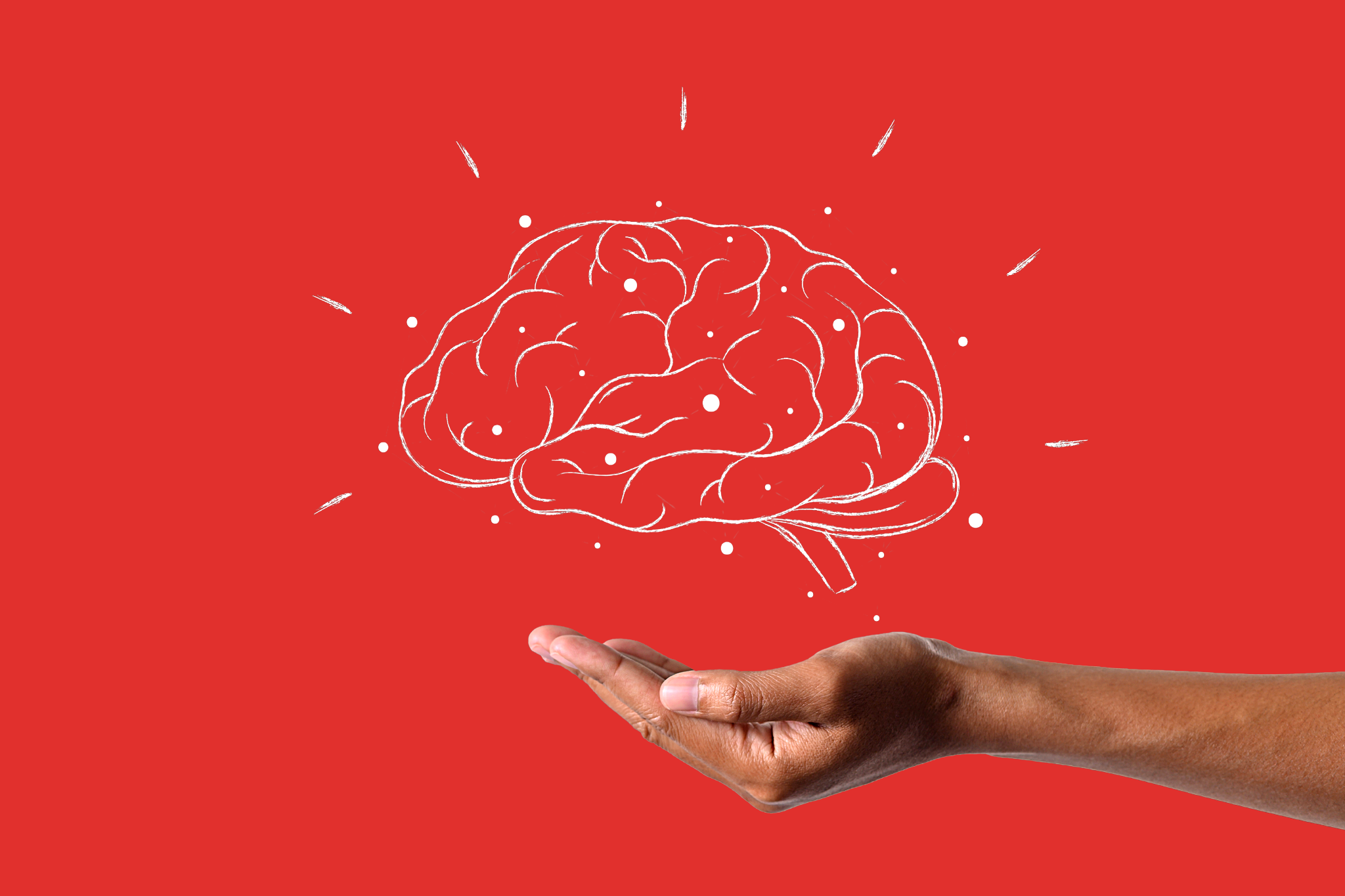What is Neurofeedback?
Neurofeedback, or neurotherapy, is an alternative healing modality that utilises your brain’s inherent plasticity to train and sustain optimal rhythms and functioning. Neurofeedback therapists and technicians monitor brain activity in real-time by connecting key sites of the brain to computer software through a special cap that collects and measures the brain’s electrical activity.
The brain learns to operate in new ways through the process of operant conditioning, which rewards the brainwave behaviour we are looking to achieve, in the form of audio or visual stimuli. You could be playing a video game, flying a plane, or watching a video while your brainwaves are being monitored and evaluated in real-time, accompanied by audio and/or video feedback and reinforcement. Unlike medications, neurofeedback involves a process of both active and passive learning, which results in cumulative and long-term shifts in brain activity, and the associated improvement of identified health symptoms.
How does Neurofeedback work?
Neurofeedback is a non-invasive technique for measuring and training brain wave activity to help balance and improve brain functioning that has been in use since the 1970s. Extensive research has shown neurofeedback to be an evidence-based and effective treatment for specific conditions such as ADHD (improved attentiveness, impulse control, intelligence scores, academic performance, and decreased hyperactivity) and epilepsy and shows promising results with autistic spectrum disorders, anxiety, depression, insomnia, addictions, pain, and traumatic brain injury.
Neurofeedback training is also used to assist athletes, executives, and performing artists in improving their peak performance. Improving concentration, confidence, creativity, memory, problem-solving, and reducing anxiety and extraneous movement allows for better performance overall.
Electro-caps, which have 19 small electrode sensors attached. After the cap is placed on the head, a gel is applied in each electrode to create a bridge for the brainwave signals to travel into the electrodes, through the Discovery amplifier, then transmitted directly into the computer and measured. During the initial assessment, a person’s brainwaves are recorded and measured by BrainMaster Avatar software in what is called a QEEG (quantitative electroencephalograph) through recording a 10-minute relaxed eyes-open and eyes-closed assessment of brain wave function.
This assessment helps us to see what is happening in the brain on both a cortical (surface) and sub-cortical level (inside the brain). This information is then compared to a database of healthy normal individuals the same age as the client and is essential in devising an effective treatment plan that can train the brain into better shape, and alleviate many symptoms that can be causing difficulty in everyday functioning.

What can Neurofeedback help treat?
- ADHD
- Addictions
- Anxiety
- Autism
- Concussion/Traumatic Brain Injury
- Depression
- Learning disabilities
- PTSD/Complex Trauma
- Memory Loss
- Sleep Problems
- Peak Performance Training
At Empower Health, we offer several different cutting-edge types of neurotherapy:
Traditional Neurofeedback
Traditional neurofeedback, also known as EEG biofeedback, is a form of biofeedback that uses electrical activity in the brain, measured by an electroencephalogram (EEG), to help individuals learn to control their own brain activity. The goal of traditional neurofeedback is to teach individuals to regulate their brainwaves in order to improve various mental and physical conditions, such as ADHD, anxiety, and chronic pain. The process typically involves attaching electrodes to the scalp to measure brain activity, and then providing feedback to the individual in the form of visual or auditory cues that indicate when their brain activity is in a desired state. The individual is then trained to use the cues to control their brain activity and achieve the desired state. Traditional neurofeedback is typically done with the help of a trained professional, such as a neurotherapist or clinical psychologist.
Z-Score Training
Z-score neurofeedback, also known as “z-score training,” is a form of neurofeedback that uses standardised scores to measure brain activity and provide feedback to the user. It is based on the concept of “z-scores,” which are a measure of how many standard deviations an individual’s brain activity deviates from the average for their age group.
During a z-score neurofeedback session, electrodes are placed on the scalp to measure brain activity and the data is then transformed into z-scores to standardise it. The user is then shown their brain activity in real-time and trained to change it to reach a “normal” range of activity for their age group. The goal is to bring brain activity to a more optimal range to improve symptoms of conditions such as ADHD, anxiety, and depression.
It’s important to note that z-score neurofeedback is considered a form of traditional neurofeedback and is based on the same underlying principles as other forms of neurofeedback. The main difference is that it uses z-scores as a way to standardise the data and provide feedback to the user.
sLORETA Training
sLORETA (Standardised Low-Resolution Brain Electromagnetic Tomography) is a form of neurofeedback that uses EEG data to provide a 3-dimensional map of brain activity. sLORETA training is based on the idea that by providing feedback on specific regions of the brain, the user can learn to control and change their brain activity in those areas.
During sLORETA training, electrodes are placed on the scalp to measure brain activity, and the data is analysed using a computer algorithm to create a 3-dimensional map of brain activity. The user is then trained to change their brain activity in specific regions in order to improve symptoms of conditions such as ADHD, anxiety, depression, PTSD, and insomnia. It’s also used for some other conditions such as chronic pain, addiction, and eating disorders.
Infraslow Fluctuation (ISF)
Infraslow Fluctuation (ISF) is a form of neurofeedback that focuses on measuring and training the brain’s infraslow oscillations, which are neural oscillations that occur at frequencies below 0.1 Hz. These infraslow oscillations are thought to be related to the function of the autonomic nervous system and have been linked to various physiological and psychological processes such as heart rate variability, sleep, and emotional regulation.
In ISF neurofeedback, electrodes are placed on the scalp to measure brain activity and the data is processed to identify the infraslow oscillations. The user is then trained to increase or decrease these infraslow oscillations in order to improve physiological and psychological functioning.
ISF neurofeedback is considered a cutting-edge technology as it’s a recent discovery, yet it has already been validated by research, especially in the area of chronic pain. It is also used for conditions such as hypertension and anxiety.
Remote – At Home Neurofeedback Training
Get the same effective and evidence-based process as the in-person training with the convenience and the comfort of your own home using the Dive app. The app works with a headset device to allow for personalised neurofeedback protocols to drive your training. These protocols will be derived from your QEEG brainmaps just like the in-person sessions so your training will be focused on your specific needs. Through the use of the headset and the app you will receive instantaneous auditory and visual feedback that reward your brain to improve symptoms.
The process of getting started with neurofeedback..
- QEEG assessment
- QEEG assessment results and feedback session to determine treatment plan
- Ongoing, regular training sessions (e.g. weekly) **Remote (at home) training available via Divergence Neuro platform Dive.
- QEEG reassessment after 10 sessions or 2 months of remote training




